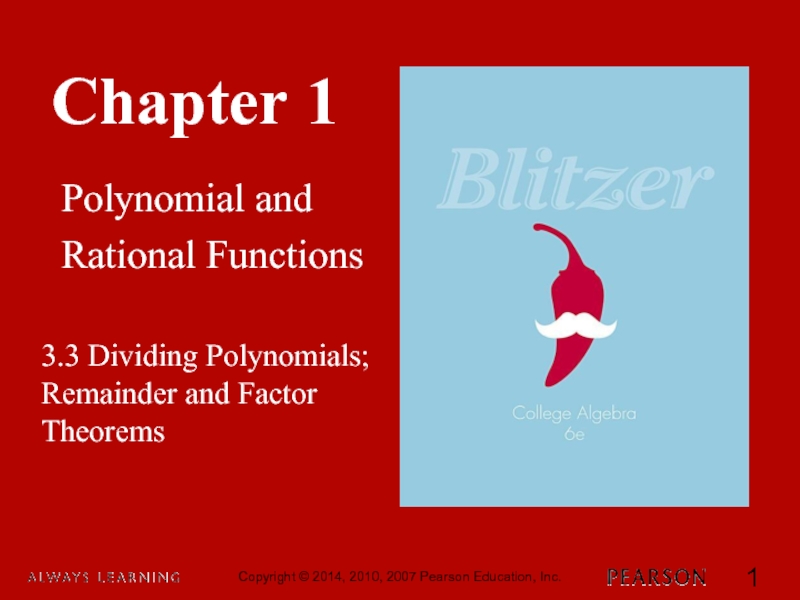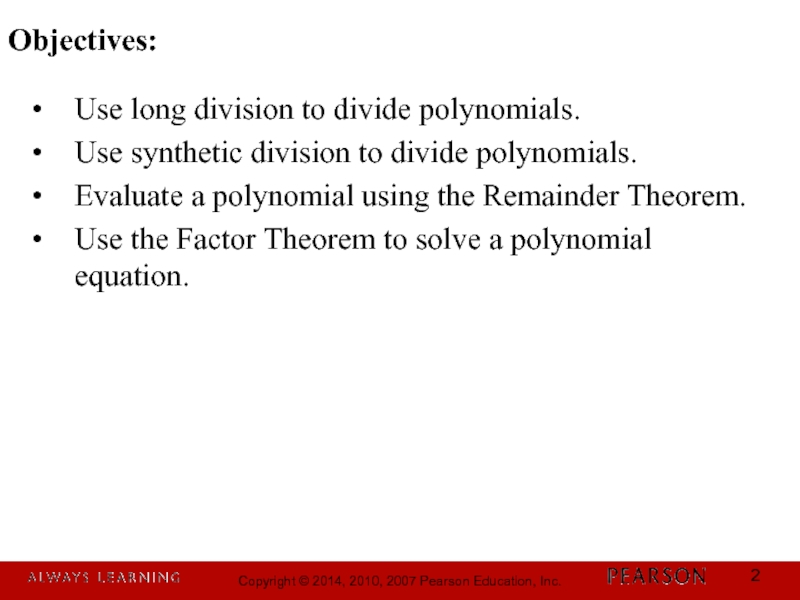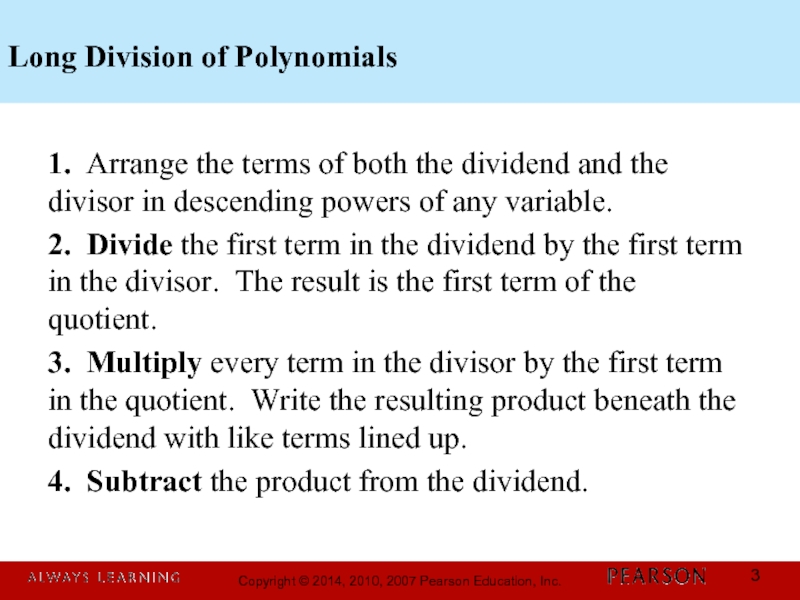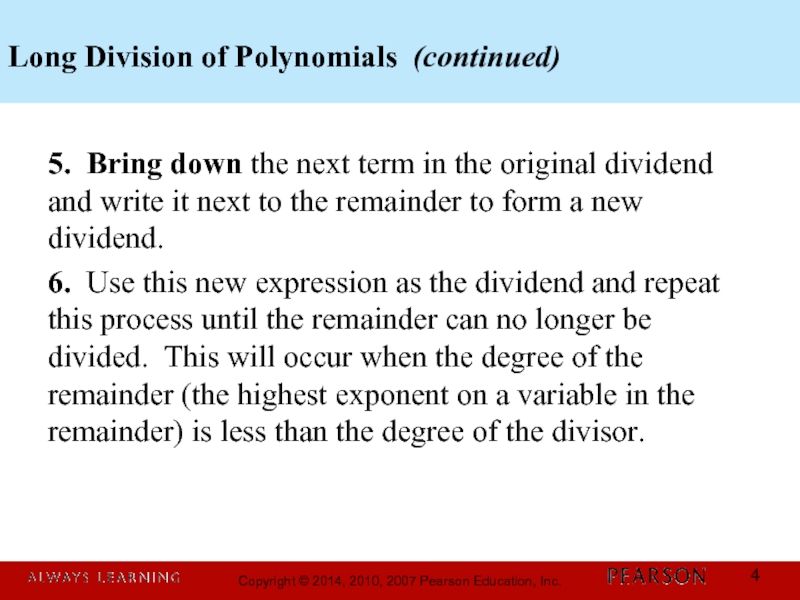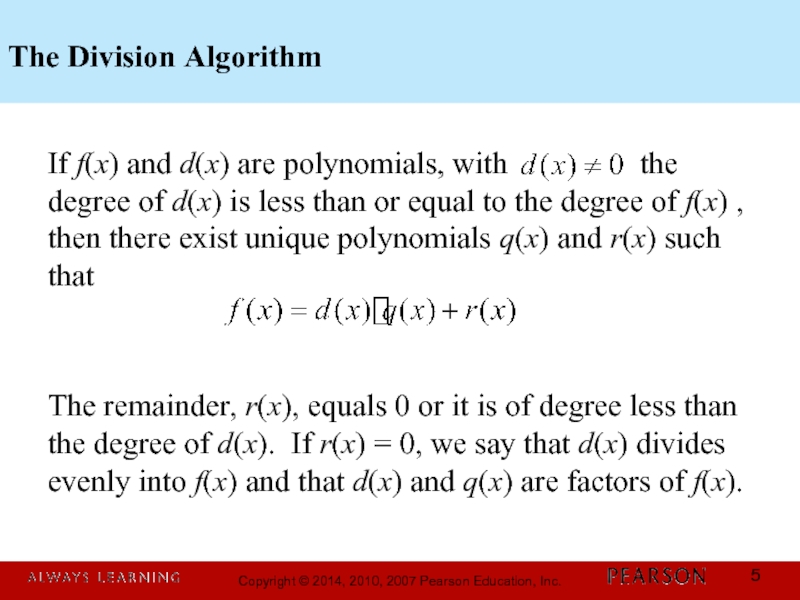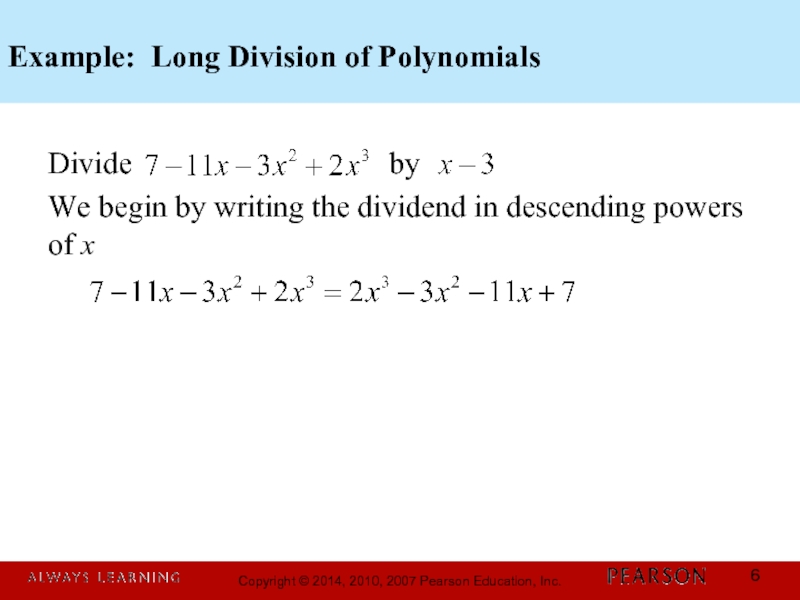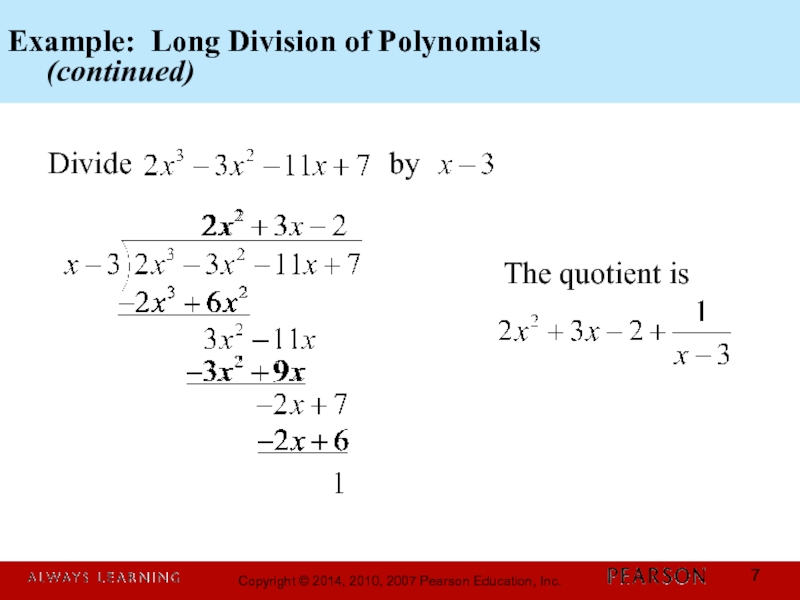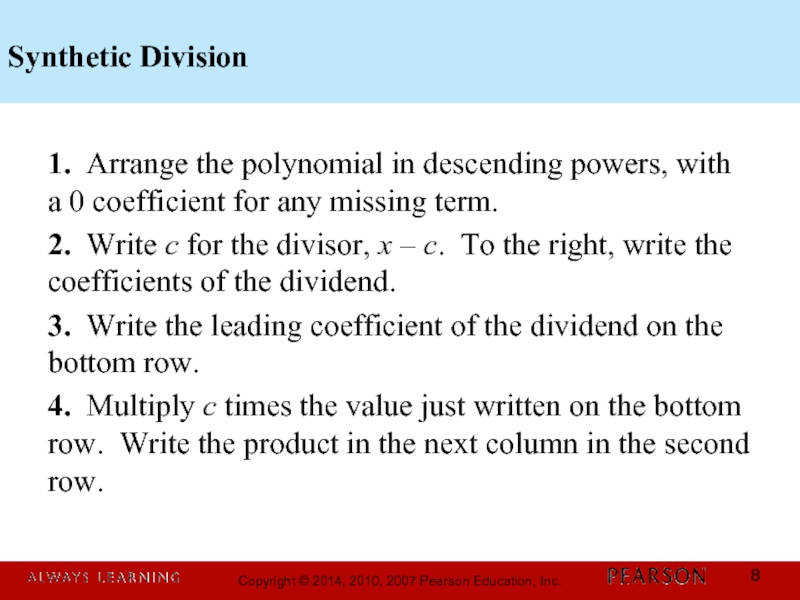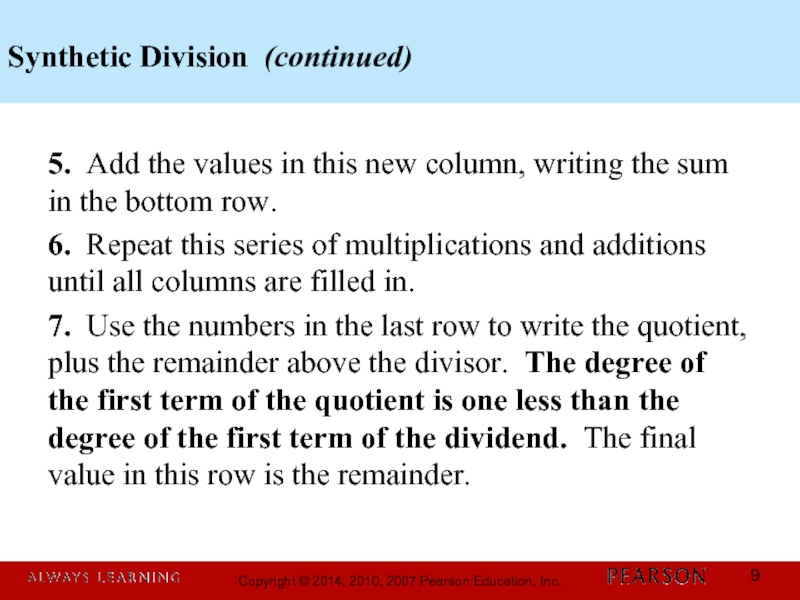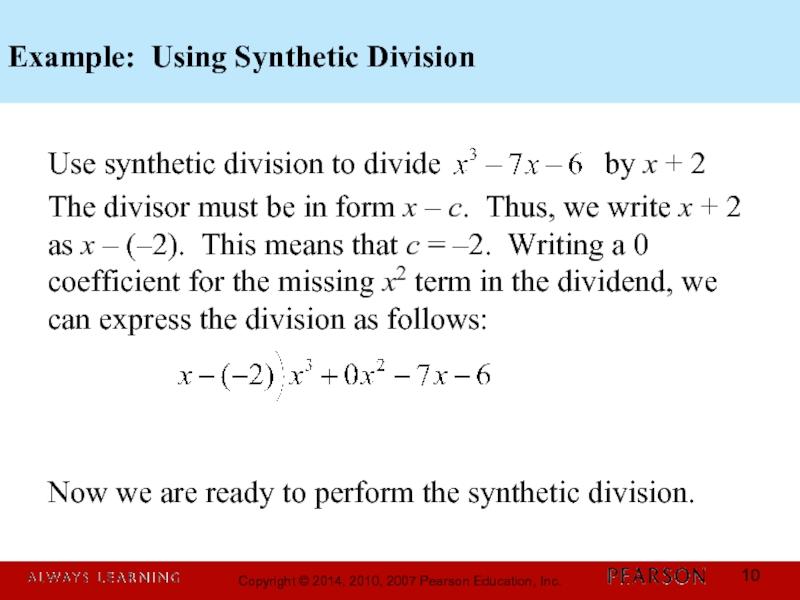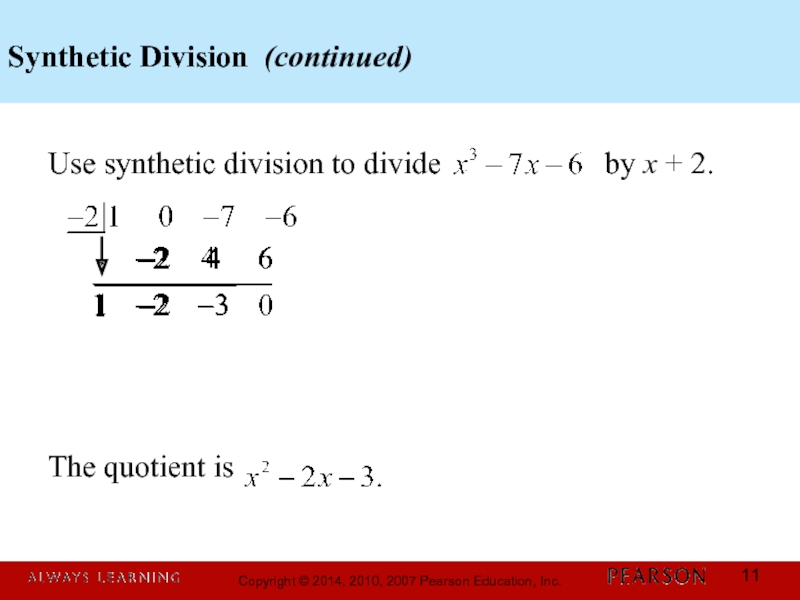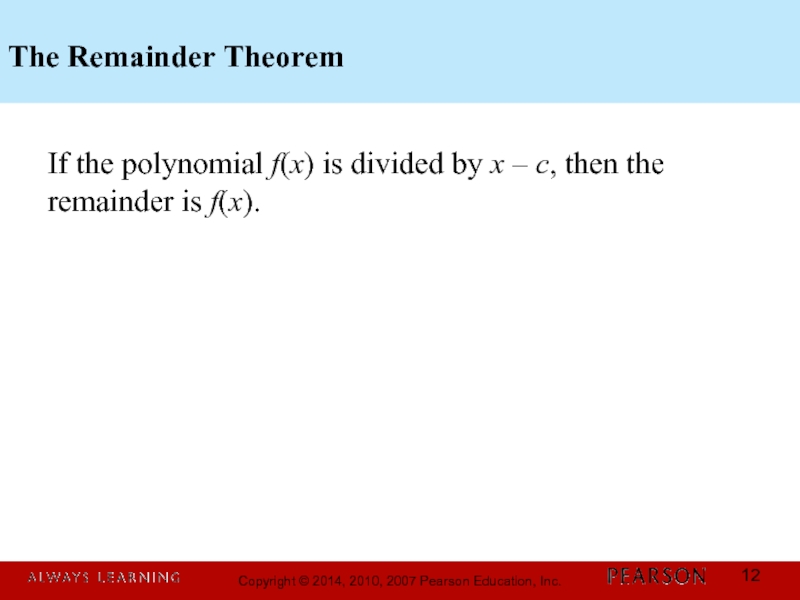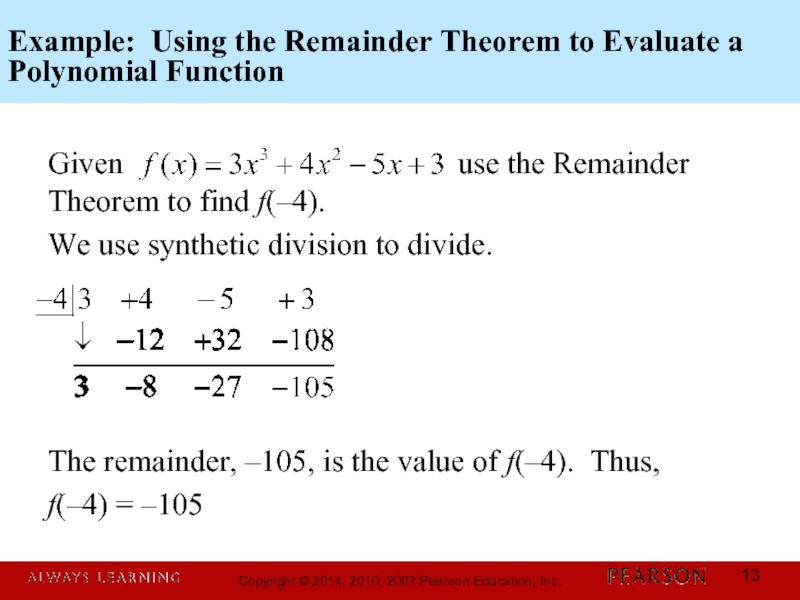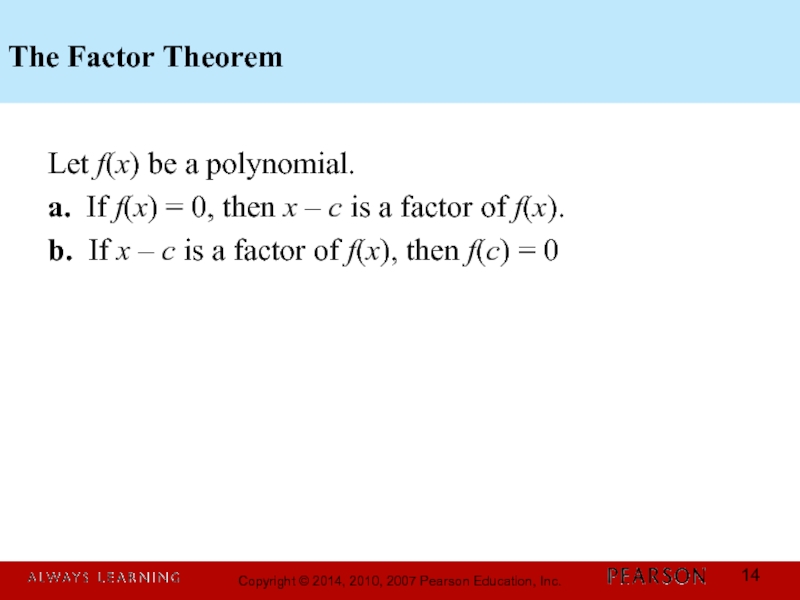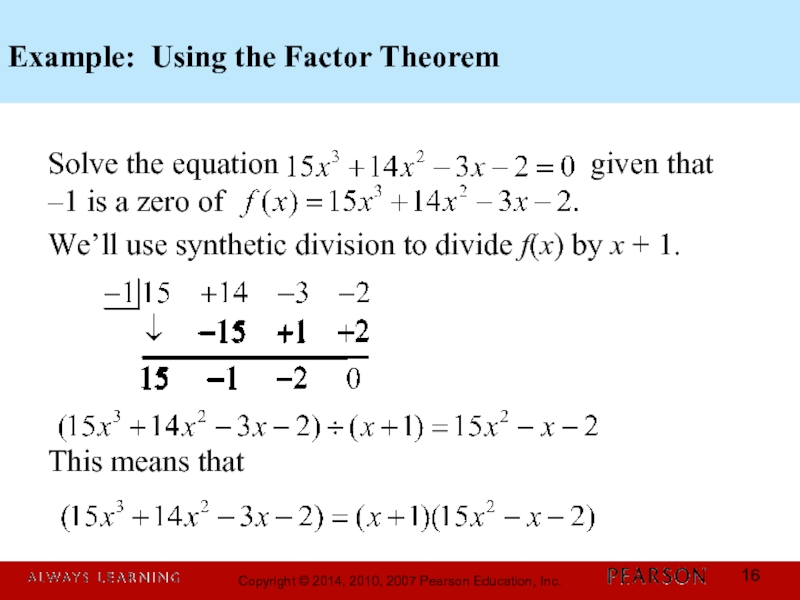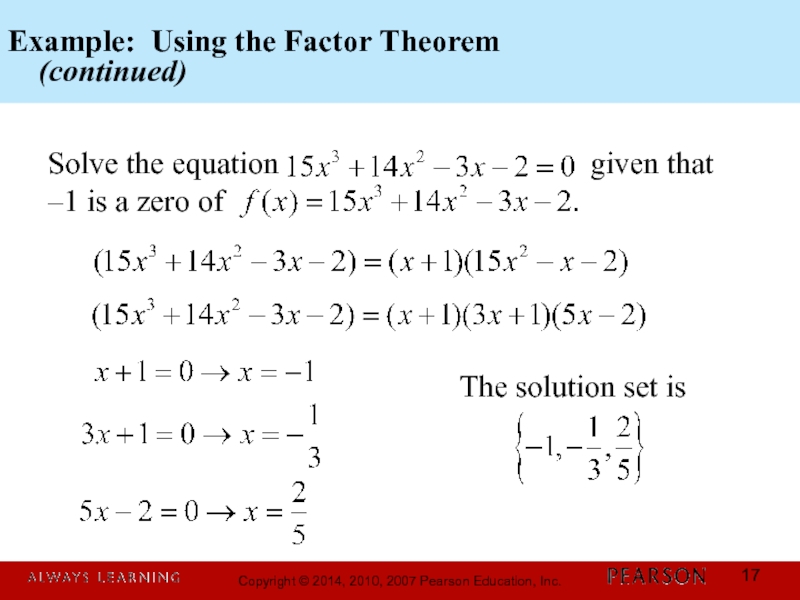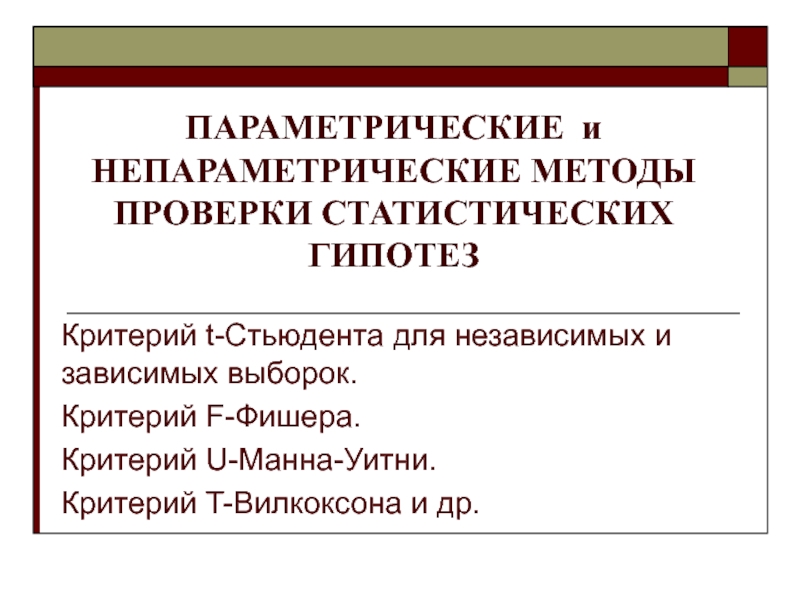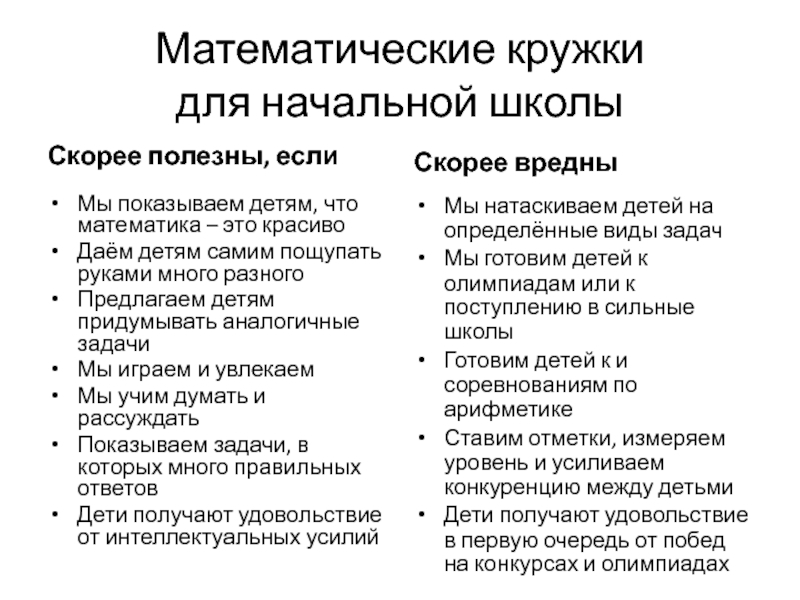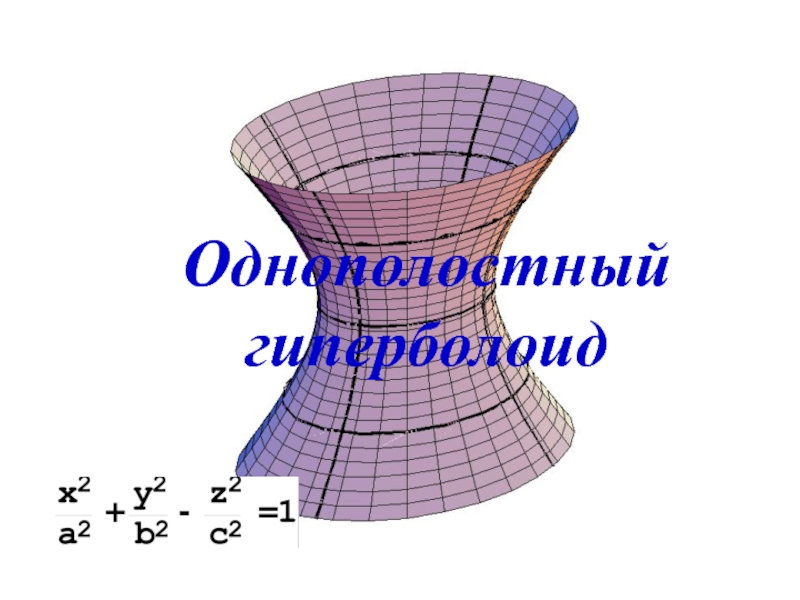3.3 Dividing Polynomials;
Remainder and Factor
Theorems
- Главная
- Разное
- Дизайн
- Бизнес и предпринимательство
- Аналитика
- Образование
- Развлечения
- Красота и здоровье
- Финансы
- Государство
- Путешествия
- Спорт
- Недвижимость
- Армия
- Графика
- Культурология
- Еда и кулинария
- Лингвистика
- Английский язык
- Астрономия
- Алгебра
- Биология
- География
- Детские презентации
- Информатика
- История
- Литература
- Маркетинг
- Математика
- Медицина
- Менеджмент
- Музыка
- МХК
- Немецкий язык
- ОБЖ
- Обществознание
- Окружающий мир
- Педагогика
- Русский язык
- Технология
- Физика
- Философия
- Химия
- Шаблоны, картинки для презентаций
- Экология
- Экономика
- Юриспруденция
Chapter 1. Polynomial and Rational Functions. 3.3. Dividing Polynomials; Remainder and Factor Theorems презентация
Содержание
- 1. Chapter 1. Polynomial and Rational Functions. 3.3. Dividing Polynomials; Remainder and Factor Theorems
- 2. Use long division to divide polynomials. Use
- 3. Long Division of Polynomials 1. Arrange the
- 4. Long Division of Polynomials (continued) 5. Bring
- 5. The Division Algorithm If f(x) and d(x)
- 6. Example: Long Division of Polynomials Divide
- 7. Example: Long Division of Polynomials
- 8. Synthetic Division 1. Arrange the polynomial in
- 9. Synthetic Division (continued) 5. Add the values
- 10. Example: Using Synthetic Division Use synthetic division
- 11. Synthetic Division (continued) Use synthetic division to
- 12. The Remainder Theorem If the polynomial f(x)
- 13. Example: Using the Remainder Theorem to Evaluate
- 14. The Factor Theorem Let f(x) be a
- 15. Example: Using the Factor Theorem Solve the
- 16. Example: Using the Factor Theorem Solve the
- 17. Example: Using the Factor Theorem
Слайд 1 Chapter 1
Polynomial and
Rational Functions
Copyright © 2014, 2010, 2007 Pearson Education,
Inc.
Слайд 2Use long division to divide polynomials.
Use synthetic division to divide polynomials.
Evaluate
a polynomial using the Remainder Theorem.
Use the Factor Theorem to solve a polynomial equation.
Use the Factor Theorem to solve a polynomial equation.
Objectives:
Слайд 3Long Division of Polynomials
1. Arrange the terms of both the dividend
and the divisor in descending powers of any variable.
2. Divide the first term in the dividend by the first term in the divisor. The result is the first term of the quotient.
3. Multiply every term in the divisor by the first term in the quotient. Write the resulting product beneath the dividend with like terms lined up.
4. Subtract the product from the dividend.
2. Divide the first term in the dividend by the first term in the divisor. The result is the first term of the quotient.
3. Multiply every term in the divisor by the first term in the quotient. Write the resulting product beneath the dividend with like terms lined up.
4. Subtract the product from the dividend.
Слайд 4Long Division of Polynomials (continued)
5. Bring down the next term in
the original dividend and write it next to the remainder to form a new dividend.
6. Use this new expression as the dividend and repeat this process until the remainder can no longer be divided. This will occur when the degree of the remainder (the highest exponent on a variable in the remainder) is less than the degree of the divisor.
6. Use this new expression as the dividend and repeat this process until the remainder can no longer be divided. This will occur when the degree of the remainder (the highest exponent on a variable in the remainder) is less than the degree of the divisor.
Слайд 5The Division Algorithm
If f(x) and d(x) are polynomials, with
the degree of d(x) is less than or equal to the degree of f(x) , then there exist unique polynomials q(x) and r(x) such that
The remainder, r(x), equals 0 or it is of degree less than the degree of d(x). If r(x) = 0, we say that d(x) divides evenly into f(x) and that d(x) and q(x) are factors of f(x).
The remainder, r(x), equals 0 or it is of degree less than the degree of d(x). If r(x) = 0, we say that d(x) divides evenly into f(x) and that d(x) and q(x) are factors of f(x).
Слайд 6Example: Long Division of Polynomials
Divide
by
We begin by writing the dividend in descending powers of x
We begin by writing the dividend in descending powers of x
Слайд 8Synthetic Division
1. Arrange the polynomial in descending powers, with a 0
coefficient for any missing term.
2. Write c for the divisor, x – c. To the right, write the coefficients of the dividend.
3. Write the leading coefficient of the dividend on the bottom row.
4. Multiply c times the value just written on the bottom row. Write the product in the next column in the second row.
2. Write c for the divisor, x – c. To the right, write the coefficients of the dividend.
3. Write the leading coefficient of the dividend on the bottom row.
4. Multiply c times the value just written on the bottom row. Write the product in the next column in the second row.
Слайд 9Synthetic Division (continued)
5. Add the values in this new column, writing
the sum in the bottom row.
6. Repeat this series of multiplications and additions until all columns are filled in.
7. Use the numbers in the last row to write the quotient, plus the remainder above the divisor. The degree of the first term of the quotient is one less than the degree of the first term of the dividend. The final value in this row is the remainder.
6. Repeat this series of multiplications and additions until all columns are filled in.
7. Use the numbers in the last row to write the quotient, plus the remainder above the divisor. The degree of the first term of the quotient is one less than the degree of the first term of the dividend. The final value in this row is the remainder.
Слайд 10Example: Using Synthetic Division
Use synthetic division to divide
by x + 2
The divisor must be in form x – c. Thus, we write x + 2 as x – (–2). This means that c = –2. Writing a 0 coefficient for the missing x2 term in the dividend, we can express the division as follows:
Now we are ready to perform the synthetic division.
The divisor must be in form x – c. Thus, we write x + 2 as x – (–2). This means that c = –2. Writing a 0 coefficient for the missing x2 term in the dividend, we can express the division as follows:
Now we are ready to perform the synthetic division.
Слайд 12The Remainder Theorem
If the polynomial f(x) is divided by x –
c, then the remainder is f(x).
Слайд 13Example: Using the Remainder Theorem to Evaluate a Polynomial Function
Given
use the Remainder Theorem to find f(–4).
We use synthetic division to divide.
The remainder, –105, is the value of f(–4). Thus,
f(–4) = –105
We use synthetic division to divide.
The remainder, –105, is the value of f(–4). Thus,
f(–4) = –105
Слайд 14The Factor Theorem
Let f(x) be a polynomial.
a. If f(x) = 0,
then x – c is a factor of f(x).
b. If x – c is a factor of f(x), then f(c) = 0
b. If x – c is a factor of f(x), then f(c) = 0
Слайд 15Example: Using the Factor Theorem
Solve the equation
given that –1 is a zero of
We are given that –1 is a zero of
This means that f(–1) = 0. Because f(–1) = 0, the Factor Theorem tells us that x + 1 is a factor of f(x). We’ll use synthetic division to divide f(x) by x + 1.
We are given that –1 is a zero of
This means that f(–1) = 0. Because f(–1) = 0, the Factor Theorem tells us that x + 1 is a factor of f(x). We’ll use synthetic division to divide f(x) by x + 1.
Слайд 16Example: Using the Factor Theorem
Solve the equation
given that –1 is a zero of
We’ll use synthetic division to divide f(x) by x + 1.
This means that
We’ll use synthetic division to divide f(x) by x + 1.
This means that
Слайд 17Example: Using the Factor Theorem
(continued)
Solve the equation
given that –1 is a zero of
The solution set is
